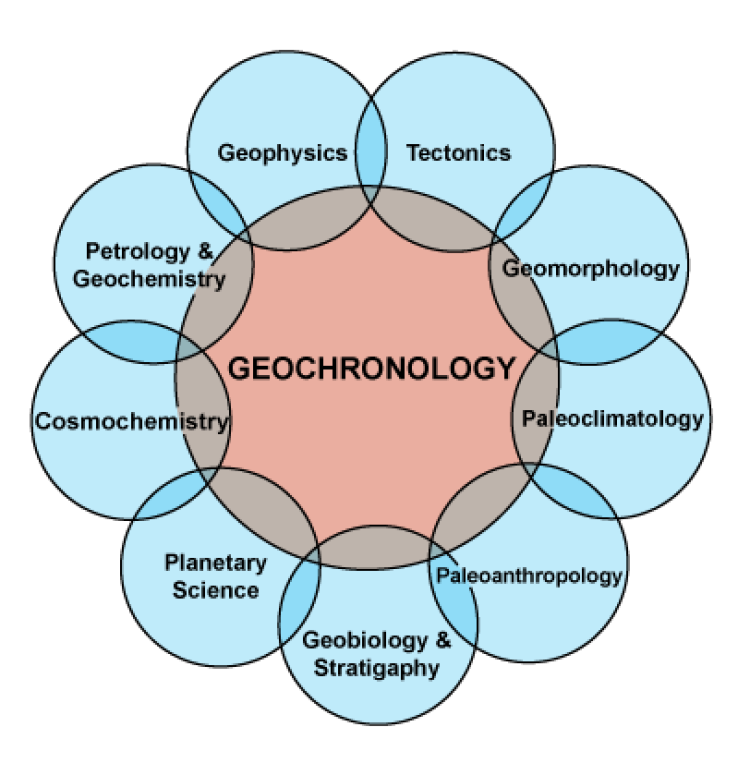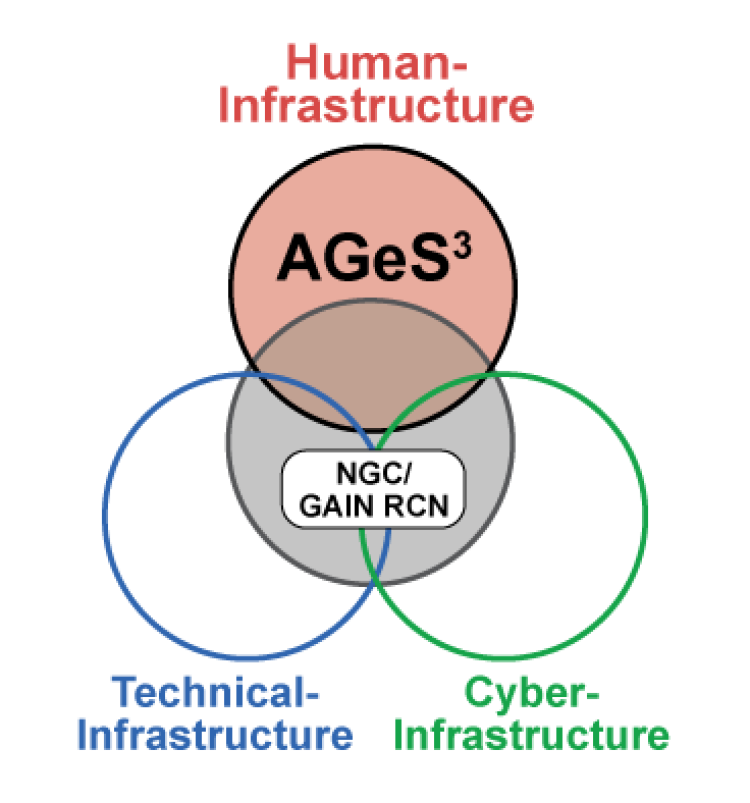NGC
National Geochronology Consortium (NGC)
RATES (Rates and Ages Transform Earth Science) White Paper: Vision and Implementation Plan
RATES envisions a new decadal initiative that seeks to understand the tempo, drivers, and feedbacks in the Earth System over the last 4.5 billion years by increasing NSF resources dedicated to geochronology. RATES would consist of two key components: a dedicated NSF science program and a National Geochronology Consortium. The RATES science program would coordinate collaborative research among scientists from a spectrum of disciplines and range of research institution types by offering funding opportunities that together would enable the most important RATES research through a merit-based panel-review process. The RATES initiative would also establish a National Geochronology Consortium (NGC) to produce and digitally house high-density temporal datasets, enable collaborative technical innovation, and provide enhanced training in the collection and interpretation of geochronological data that will support transformative science. With crucial investments in human-, technical-, and cyber-infrastructure, the 70+ labs distributed across the nation that comprise the AGeS3 lab network are poised to transform into the NGC, enabling unprecedented advances in quantifying time in the Earth system.

| 
|
AGeS as the Human Infrastructure Pillar of a Future NGC
The 2020 National Research Council report “A Vision for Earth Sciences, 2020-2030: Earth in Time” recommends that NSF’s Division of Earth Sciences “should fund a National Consortium for Geochronology”. This recommendation builds on previous National Research Council reports that emphasized the importance of geochronology data for addressing first order questions in Earth system-science related to climate change, biologic and landscape change, earthquake cyclicity and hazards, and solid Earth evolution (e.g., NRC, 2003; NRC, 2008; NRC, 2010; NRC, 2011; NRC, 2012). The 2015 National Science Foundation report “It’s about Time” also highlighted the need for expanded access to geochronology and greater support for geochronology technical innovation.
A National Consortium for Geochronology (NGC) is broader in scope than any existing initiative within the geochronology community. Current coordination efforts envision founding the NGC with an infrastructure trio: Human Infrastructure, Technical Instrument-based Infrastructure, and Cyberinfrastructure (as defined in the 2020 Earth in Time report). The AGeS3 initiative is focused on growing the Human Infrastructure pillar of a future NGC in sync with other efforts.

